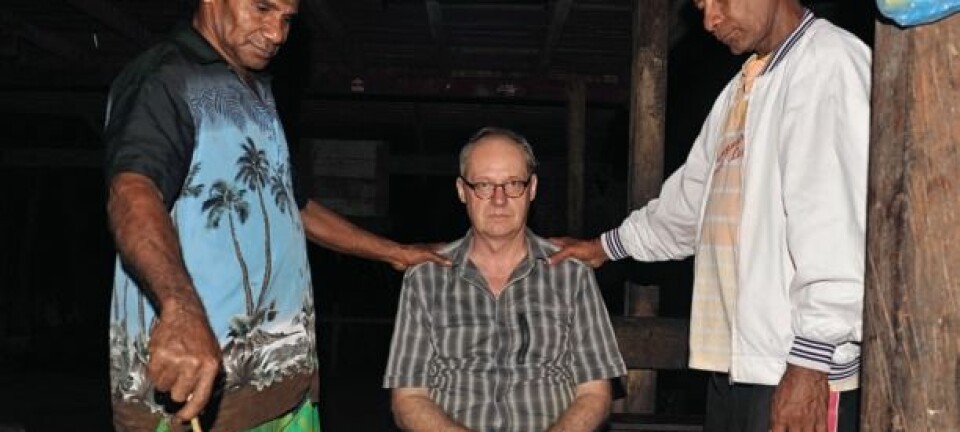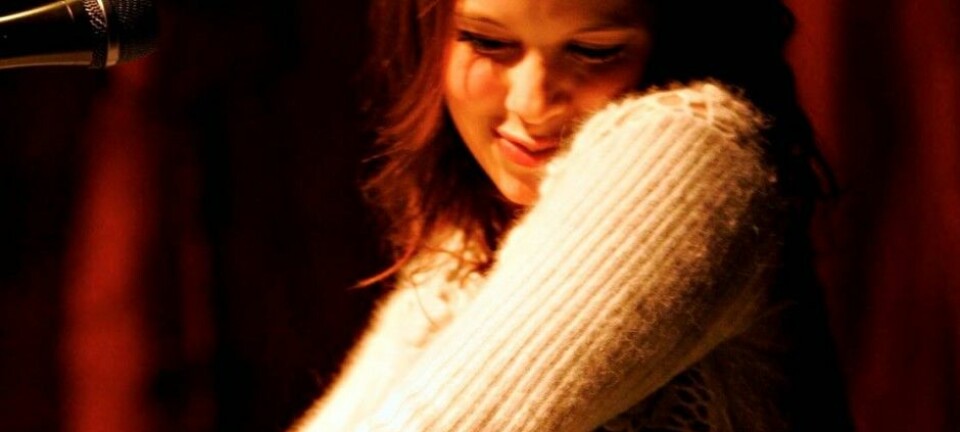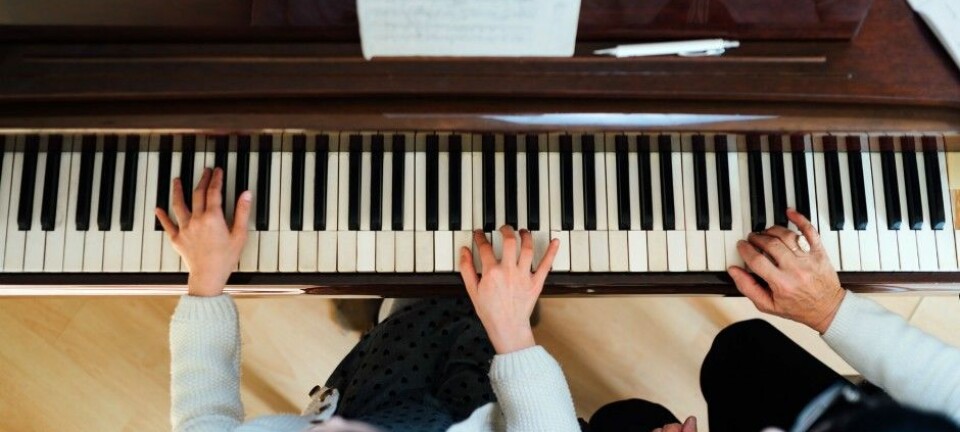
The researcher who became a stand-up comic
Marianna Keisalo defied her own nerves to become a stand-up comic in Denmark and Finland. “It’s given me an entirely new perspective on humour.”
At the weekend, Marianna Keisalo waits backstage at a comedy club in Denmark. She and the other stand-ups all wait their turn to get up on stage.
The audience and stage lights are a stark contrast to her day job as an anthropologist.
“As an anthropologist, we take part in what we study. In my case, it meant that I had to throw myself into the life of a stand-up comic. Luckily, it’s been a successful experience,” says Keisalo, who has performed more than 100 times in her home country of Finland, and now in Aarhus, Denmark, where she lives and works as a postdoc at the Department of Culture and Society, at Aarhus University.
The nervous moments spent on stage have proven to be well worth it.

“It’s given me invaluable first-hand experience and knowledge, which I don’t think I would have gotten by sitting in the audience or reading a book. Since I began performing, I’ve also had a unique insight into what happens backstage,” she says.
The literature does not match the reality
Before she moved into the stand-up world herself, she began by analysing other performances using existing humour theory.
One of her most recent research articles discusses the realities of being a stand-up comic in the Nordic countries today, and how female comics are sometimes perceived as less funny than men.
“It surprised me that much of the literature I’ve studied on women in the industry, doesn’t match my own experience,” she says.
“At no point did I experience that me being a woman was a problem. In fact, I’ve had no negative experiences in this regard,” says Keisalo.
No template for a guaranteed laugh
Keisalo takes to the stage in her everyday clothes and takes inspiration from her daily life for her jokes.
On the Finnish comedy scene, she draws comparisons between life in her two countries, whereby the Danes celebrate Christmas by singing about Christmas trees and rice pudding, while the Finns mark the festive season with songs about death and sorrow.
Even though she studies humour, she has not found a golden formula for a good joke, and she probably never will.
“Unfortunately, I can’t use my research directly to write jokes. Humour is incredibly complex, and it’s not possible to create a fixed template for a joke that is guaranteed to work each time. But I can analyse the audience’s reaction afterwards and get a better understanding of what works and what doesn’t,” says Keisalo.
Backstage eye-opener: Not much improvisation
Another unexpected outcome was discovering how comics craft their jokes.
“When I started hanging out with comics I was surprised by how much interaction and collaboration there was between them. I imagined that they prepared individually,” says Keisalo.
She found that they improvise far less than you might think.
“Stand-up comics spend a lot of time preparing, even on what appears to the audience as improvisation. They first write something and try it out at an open-mic event and change it depending on how it went. A misconception about stand-up is that it is more improvised than it really is.”
Women are funny
Women are under-represented in comedy. This is something that Keisalo has concluded during her studies, but the number of female comics is increasing worldwide.
This is probably due to the changing relationship to female comics everywhere, not only in the Nordics.
“Western culture has changed, both in relation to women’s role in society and cultural changes in regards to what we think is funny. For example, today we recognise or expect that women are funny,” she says.
What is anthropology?
Anthropologists immerse themselves in their subject matter, which Keisalo has done as a ‘participating observer’—a common method of anthropology.
It allows her to interview other comics regularly and to record the audience response during her own shows, which she subsequently analyses.
Anthropologists apply specific methods to record and systematically observe phenomena in a transparent way. This gives a common framework to interpret anthropological data, according to Morten Axel Pedersen from the University of Copenhagen, Denmark.
“Where this method is really beneficial to research is when you make participatory observations like Marianna has done--when you live among people. It’s not to be like them, but to immerse yourself in their way of life,” says Perdersen.
But this type of immersive approach might also have downsides, says Mette Møller, who studies political comedy at the University of Copenhagen.
“The advantage of Marianna’s method is that she gets really close, becomes a part of what she is analysing, and has different access to information. Conversely, you risk becoming shrouded and fascinated the closer you get to what you’re studying, and it can be more difficult to remain objective and critical,” says Møller.
----------------
Read more in the Danish version of this article at Videnskab.dk
Translated by: Catherine Jex









